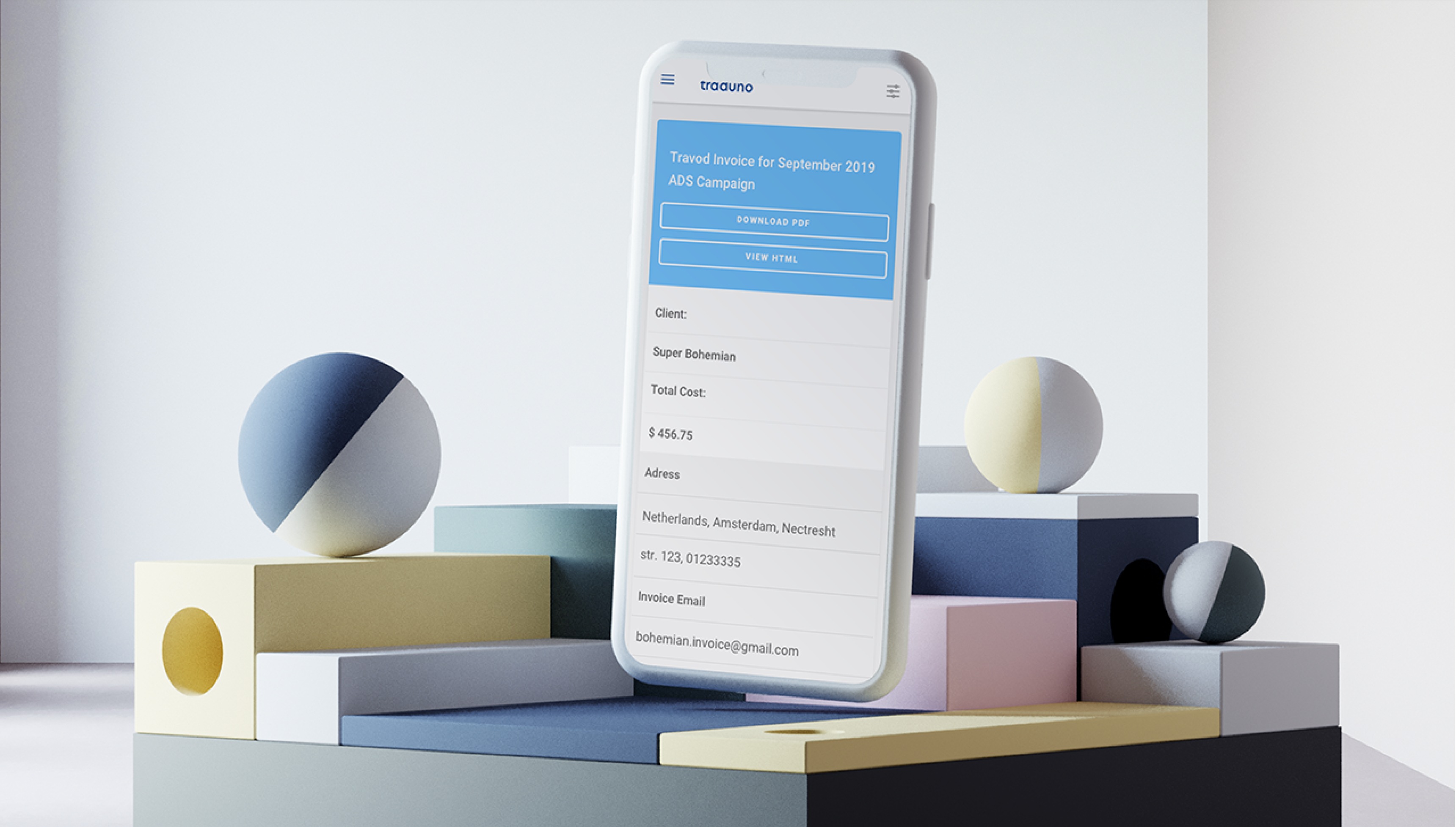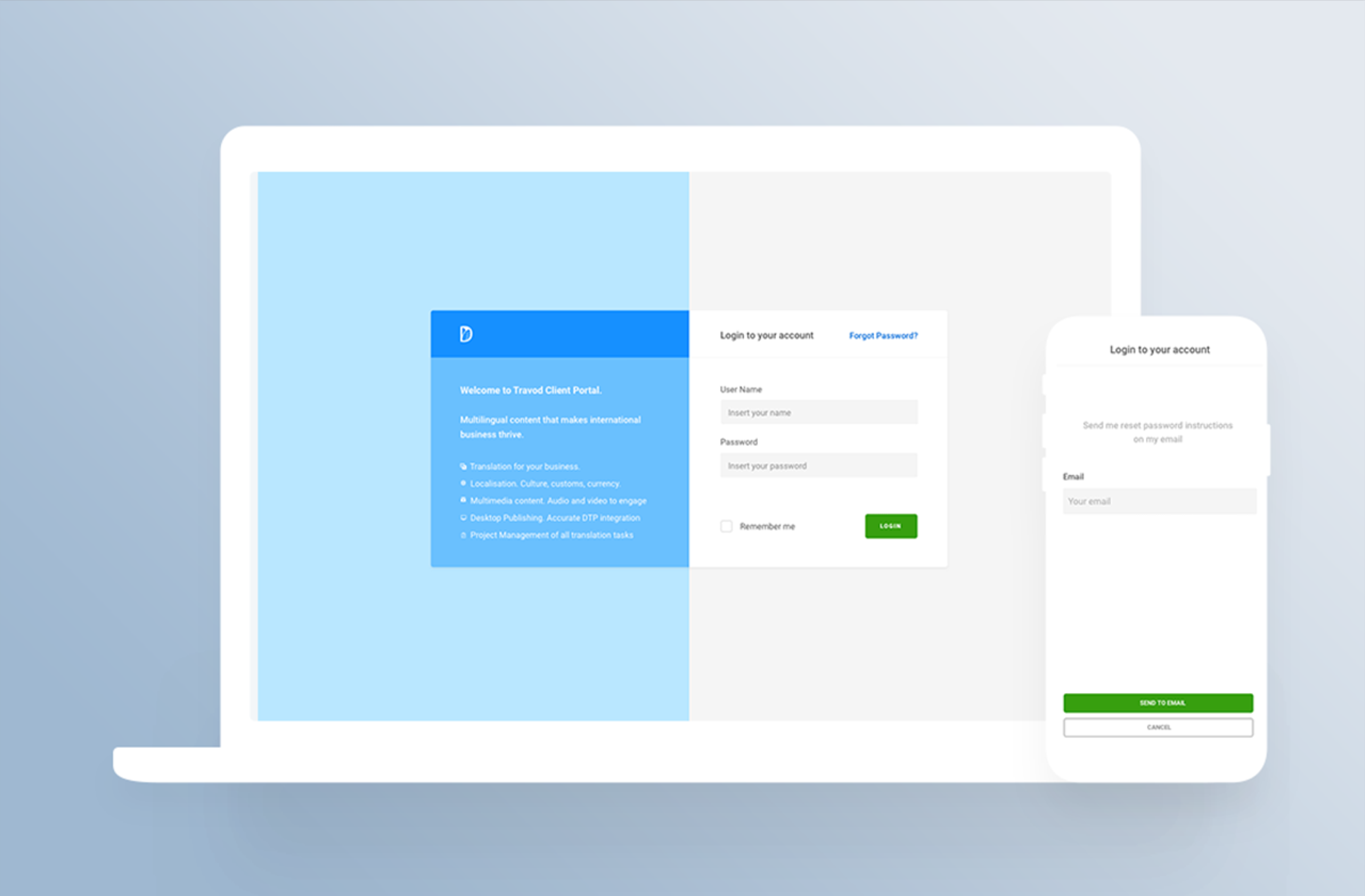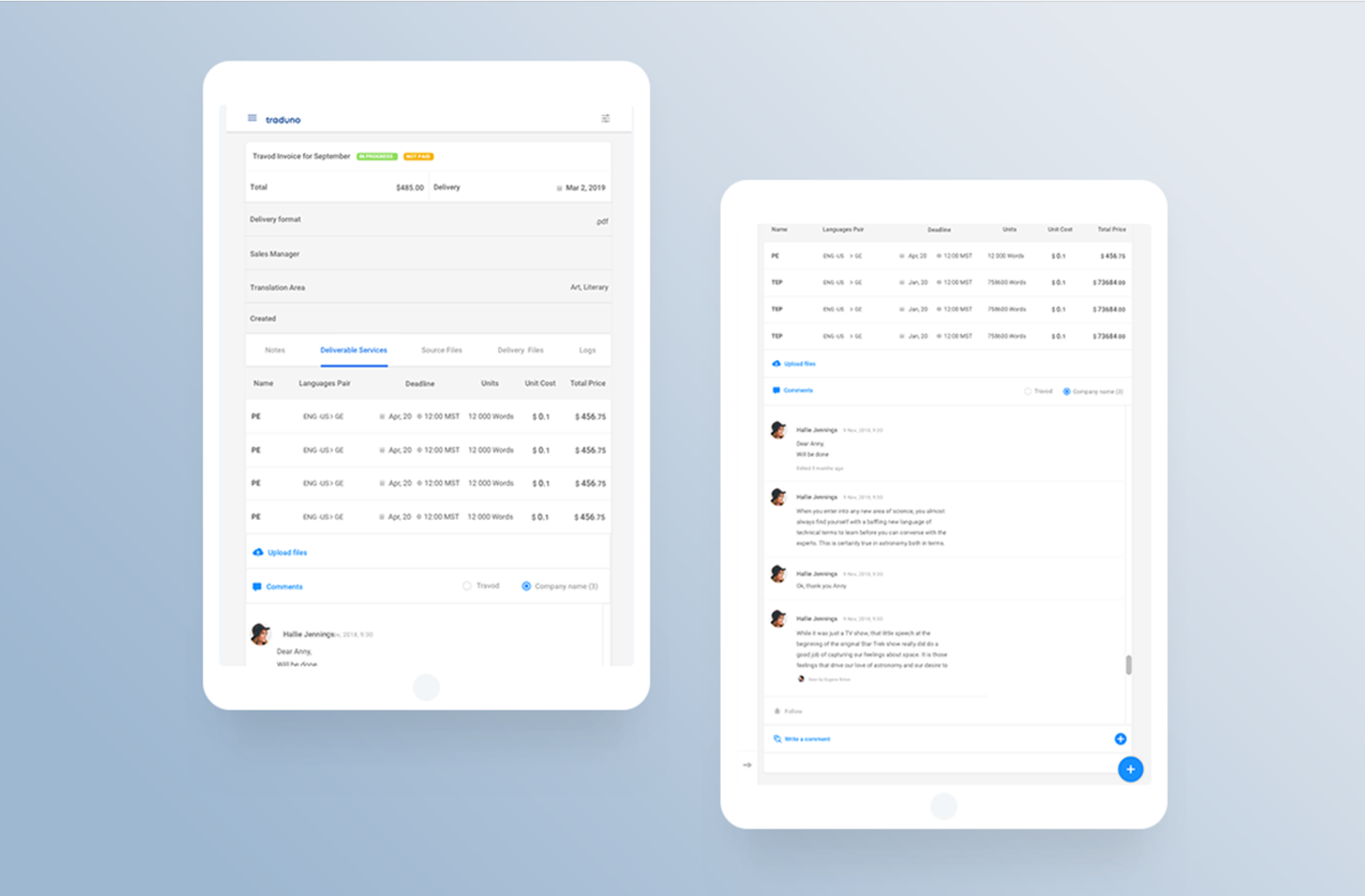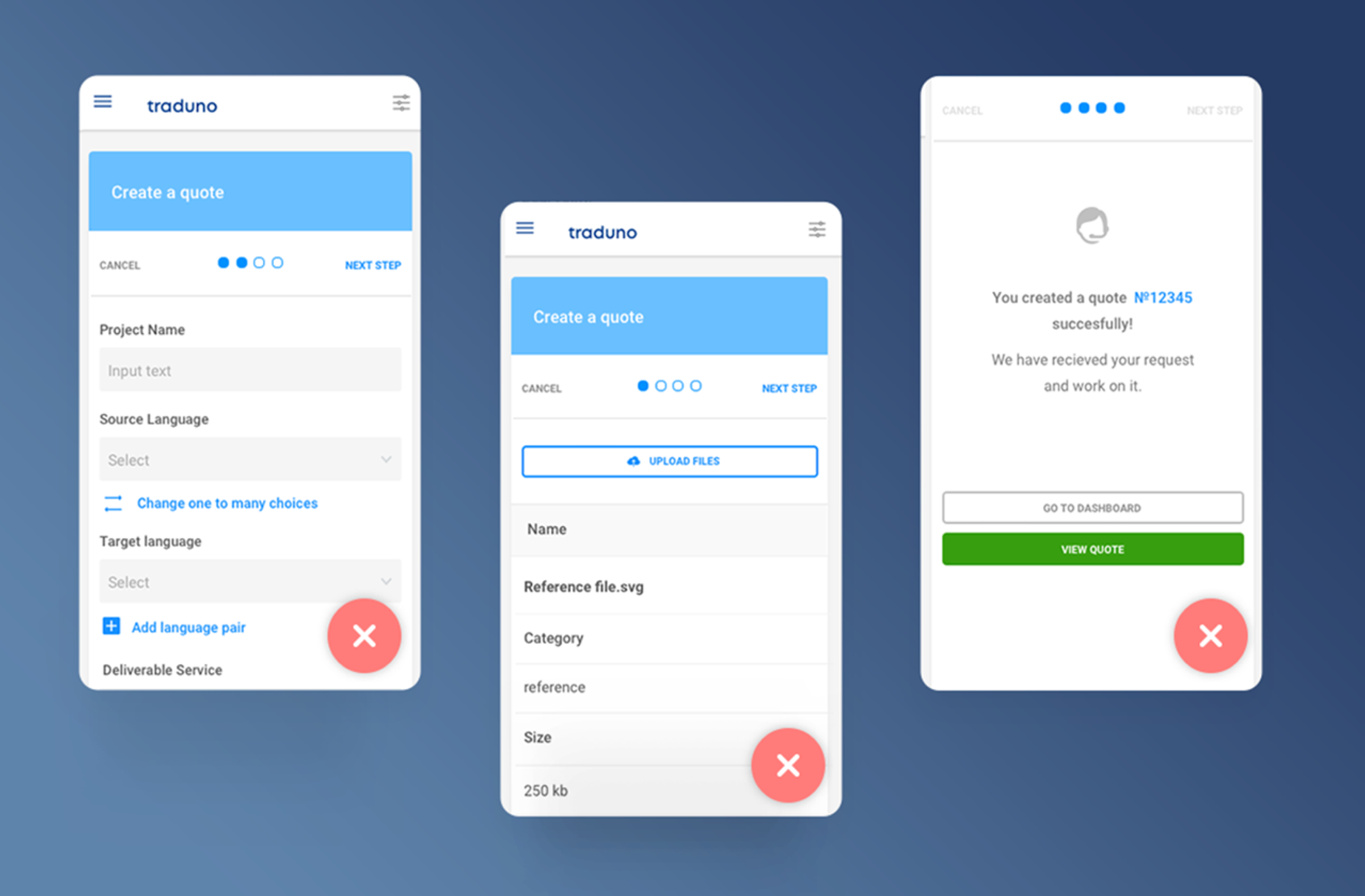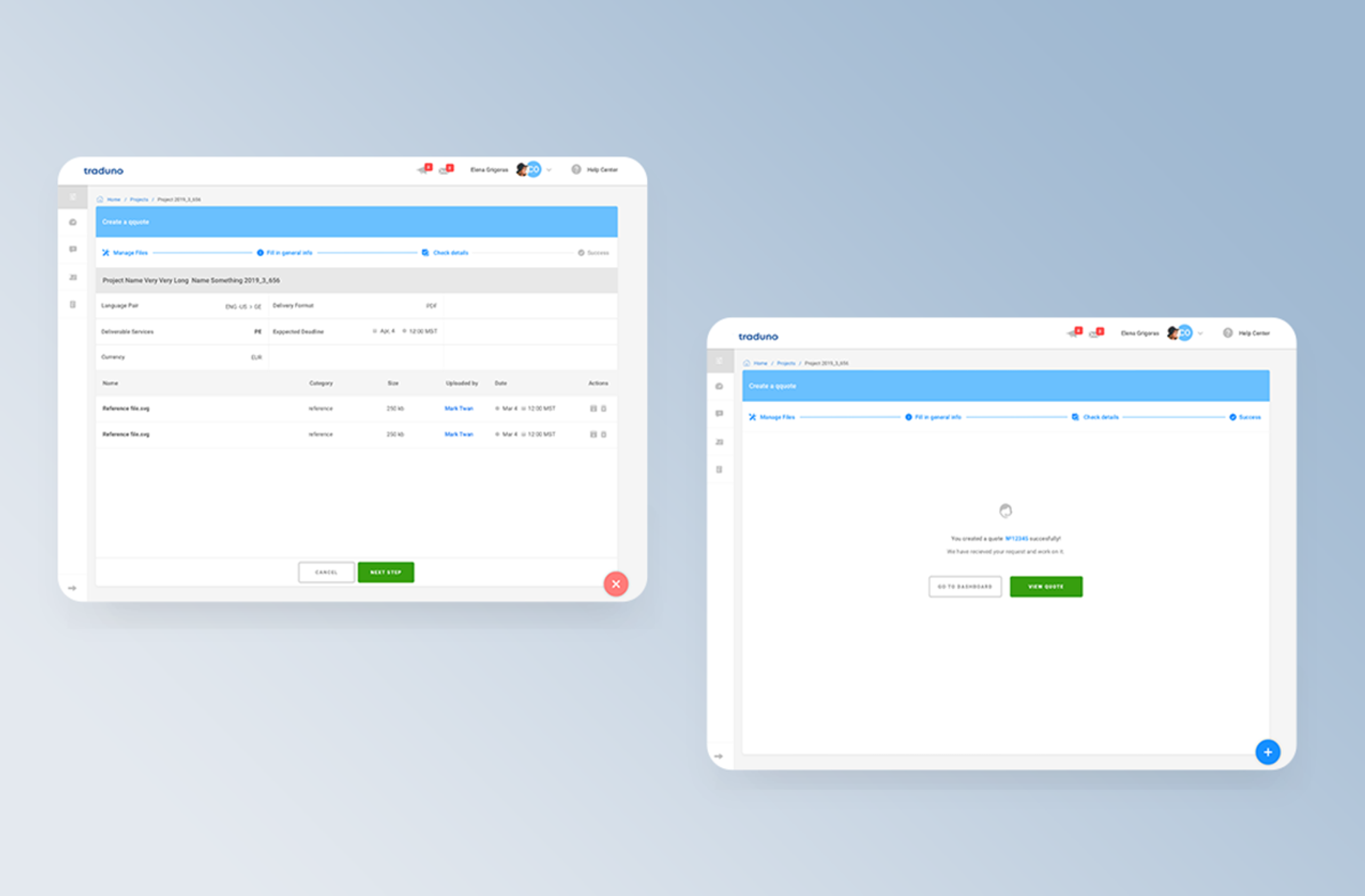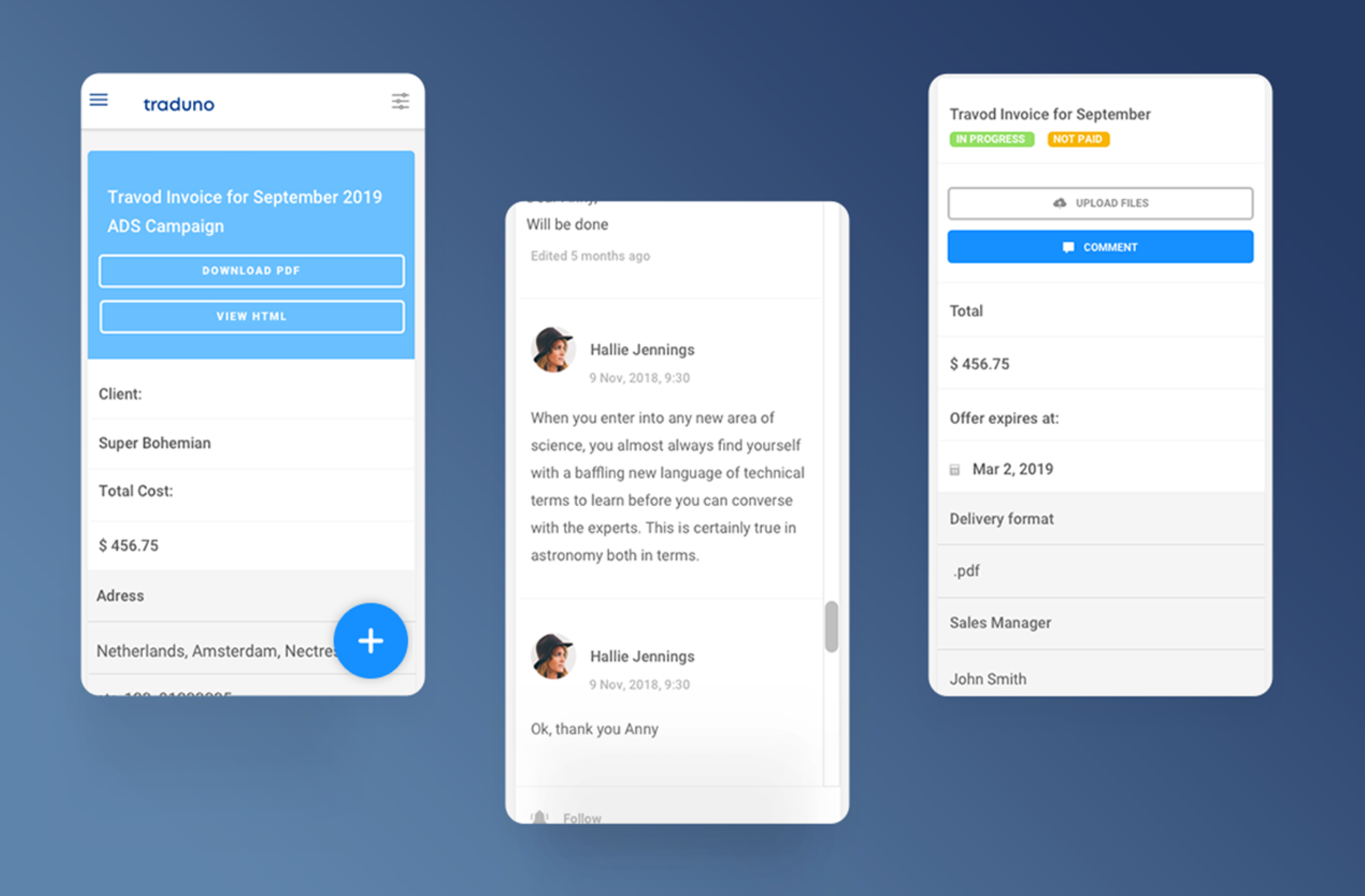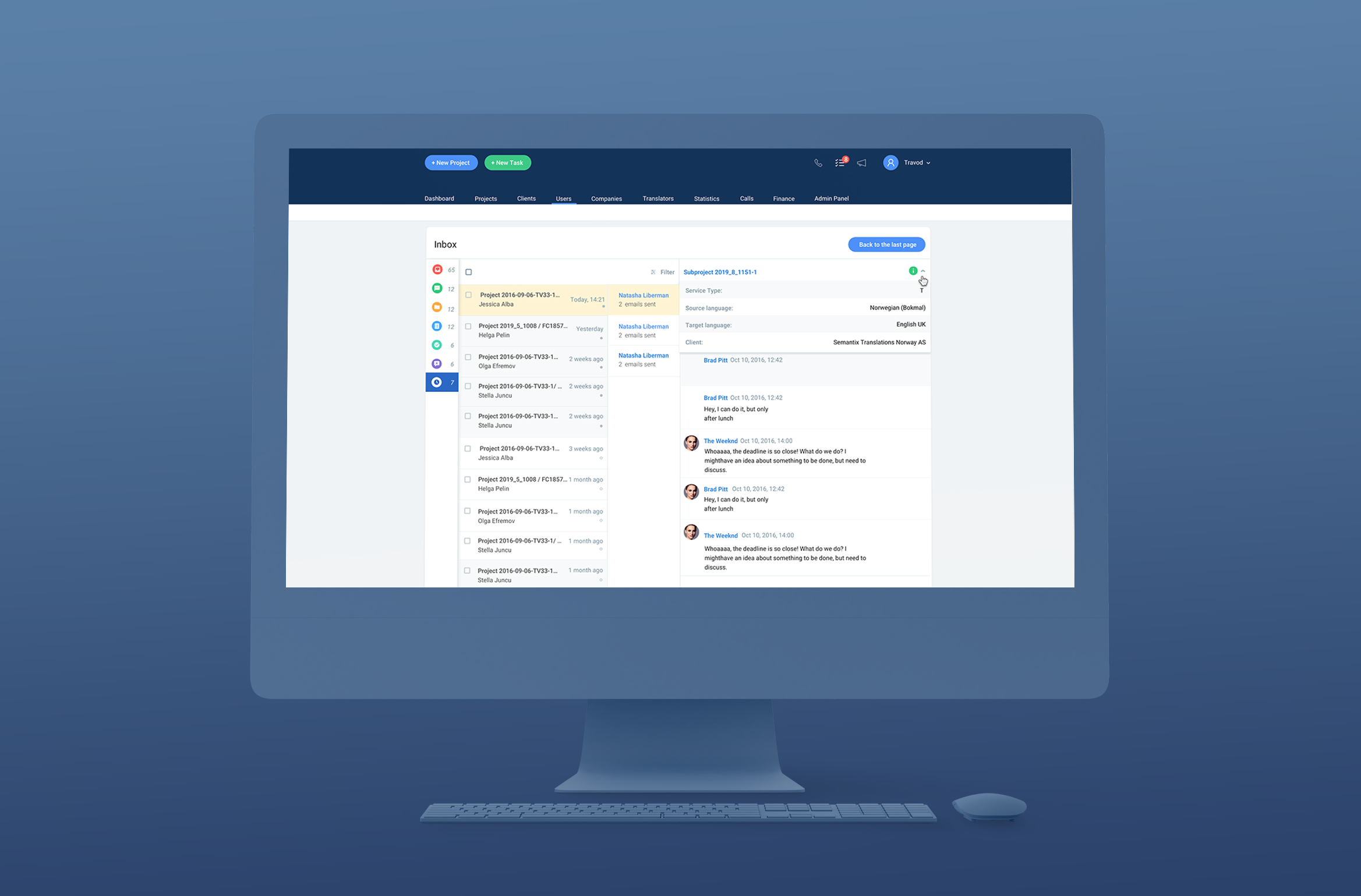
Description
Usability Testing
Prototyping
Visual Design
Interaction Design
User Engagement
Data visualization
Design Thinking Approach
Web
AI
Cloud-Based Solution
Efficient Workflow
Time Saving Improvements
CMR
more...Challenges:
The project faced a range of challenges, including heterogeneous UI/UX in the original version, as well as an unadaptable wireframe. The development process was beset by unsuccessful decisions, which led to a decrease in key performance indicators such as success rate, error rate, click-through rate (CTR), time on task, and learnability.
The project suffered from disorganized communication with both internal and external stakeholders, which became especially problematic as the project progressed, making it difficult to locate relevant information and stay up-to-date with the latest updates. The lack of client access to project information, updates, and files created significant obstacles to resolving issues and placing new orders. This can be measured by a metric of the ease of use of the product or service.
Solutions:
To address these challenges, a series of solutions were implemented. These included the development of a design system and adaptability, research using empathy towards users, categorization of users, identification of pain points for each cohort, study and error handling, session recording and analysis, and work on improving all relevant usability indicators.
In addition, efforts were made to unify user patterns, create documentation for subsequent employee training, and develop new features such as chats and notifications aggregator for employees and a client portal for clients.
Process:
We categorized our employees into four different roles based on their functions in the production process. Instead of using traditional persona creation, which we found to be insufficient for optimizing usability, we segmented users and outlined the key features of each type of user. This included factors such as age, gender, user experience, the order of work stages, the main groups they should contact, and whether they worked during night or day shifts.
Additionally, we identified important factors affecting the effectiveness of each group. To conduct our research, we employed various techniques and approaches such as recording current employee sessions, collecting and analyzing statistics based on key quantitative metrics, creating triggers for collecting and recording specific UX data in usability, and conducting task-based surveys for specific scenarios. We also used questionnaires for usability testing, including pre-test surveys to segment users and post-session questionnaires to define areas for improvement and pain points. We also used the System Usability Scale (SUS) and Single Ease Question (SEQ) surveys to simplify the definition of success. Throughout this process, we focused heavily on empathy for our users, with our researchers spending time working in each of the worker roles, from apprentices to full-time workers. We also gathered information through direct communication with users using a sensitive emotional approach to encourage them to share their difficulties without fear of retaliation.


